The Goose Tree

“We came to know it as the goose tree, because one year a pair of geese nested in the broken-off top. We might as easily have called it the raccoon tree, the owl tree or the yellow-bellied marmot tree after its later residents, but the geese got there first. The goose tree is an ancient black cottonwood. Admittedly, ancient is usually less than 150 years for a cottonwood but the goose tree is much older than any of the other cottonwoods along our river trail.”—Kevin Van Tighem
While I Draw Breath
By Dr. Kevin Van Tighem
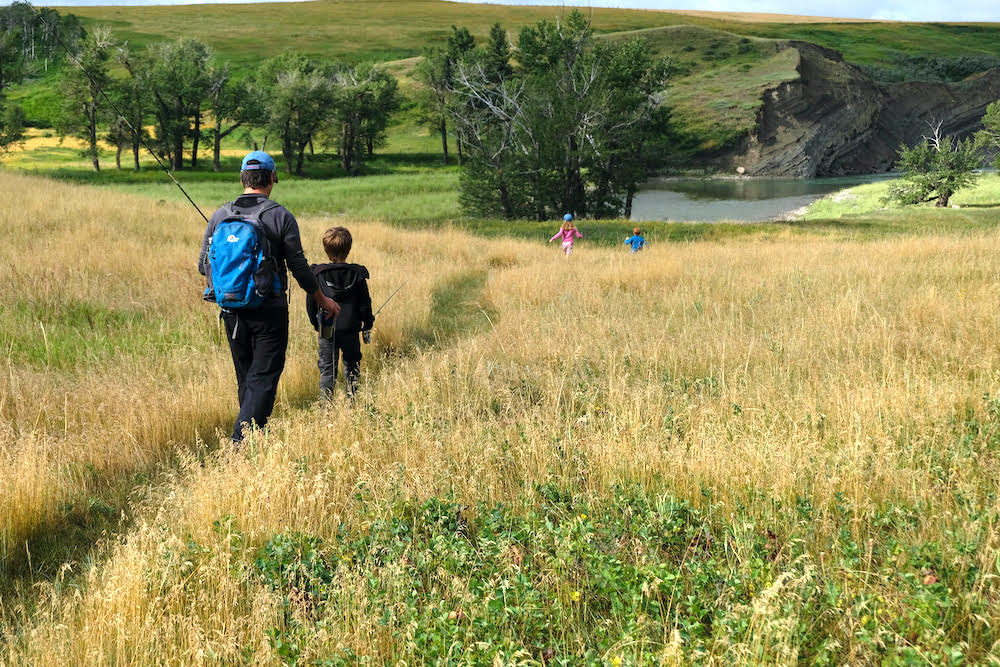
HIGH RIVER, ALBERTA Canada—(Hubris)—June & July 2024—Editor’s Note: Kevin Van Tighem, an Alberta naturalist and environmentalist, has written more than 200 articles, stories, and essays on conservation and wildlife which have garnered him many awards, including Western Magazine awards, Outdoor Writers of Canada book and magazine awards, and the Journey Award for Fiction. He is the author of Bears Without Fear, The Homeward Wolf, Heart Waters: Sources of the Bow River, Our Place: Changing the Nature of Alberta, and Wild Roses Are Worth It: Alberta Reconsidered. Van Tighem was born and reared in Calgary, his family roots in what is now Alberta going back to 1875. He graduated with a degree in plant ecology from the University of Calgary in 1977 and went on to work as a biologist with the Canadian Wildlife Service. In 1985, Van Tighem joined Parks Canada and subsequently worked in various national parks before retiring as a park superintendent in 2011. He is the author of 14 books on wildlife and conservation. In 2022, he was awarded an honorary Doctor of Science from the University of Lethbridge, and a Blackfoot name that translates to “Rough Rapid Water” from the Kainai First Nation. He lives with his wife, Gail, in High River, Alberta. Read more about the author here. Find Van Tighem’s books here.
He lives with his wife, Gail, in High River, Alberta. What follows is an excerpt from his book, Understory: An Ecologist’s Memoir of Loss and Hope, forthcoming in 2025.
![]()
When we lived in Waterton, our children’s teacher, Lisa Lenz, used to take her students to the story tree, a wind-gnarled poplar at the edge of Waterton Lake where they could look across at the mountain I now try to know by its Blackfoot name, Sakiimaapi, but that the maps call Mount Vimy. Vimy is in France. Sakiimaapi has always been here.
While she read them stories they felt God’s breath on their faces, though they didn’t know that’s what it was. On weekends we often drove north, past Pincher Creek and Cowley, to our property beside the Oldman River. There was another story tree there, but I can’t recall ever telling stories beside it. Mostly, we wondered about the stories it must know.
We came to know it as the goose tree, because one year a pair of geese nested in the broken-off top. We might as easily have called it the raccoon tree, the owl tree or the yellow-bellied marmot tree after its later residents, but the geese got there first. The goose tree is an ancient black cottonwood. Admittedly, ancient is usually less than 150 years for a cottonwood, but the goose tree is much older than any of the other trees along our river trail. Squat, twisted and half-dead, her main trunk has deeply grooved bark and deep holes where large branches have broken off in the past. The dead branches lie on the downwind side of the tree. Healthy younger branches spread leafy fingers into the sunlight on the river side.
Someday the river will take the goose tree away. Our property is only a kilometer or so upstream from slack water when the reservoir behind the Oldman Dam — the dam I helped fight against a third of a century ago — is full. Upstream from an impounded river the delta effect reduces the water’s ability to cut downwards, so for the last thirty years the spring floods have been eating away at the sides of the valley. The river is now shallower and wider than it was when the goose tree was young, before the dam. Floods have almost consumed the bank where the tree stands. Part of a bison’s skeleton has appeared in its exposed roots. That old tree may have been a sapling when the big animal originally washed up on what then would have been a gravelly point bar; I like to think it was and that that bison helped the tree become what she became.
The goose tree has been witness to other stories, too. A few meters away is the first of a series of at least six teepee rings. There are two pits there too, each the size of a round bale. This would have been a good place for the occupants of those teepees — shelter from the wind, proximity to the river for water, and cliffs and coulees nearby that were almost certainly used for bison hunting. Only three kilometers downstream are several piles of rounded stones high on a bluff overlooking the reservoir; they appear most likely to have marked drive lanes for bison hunts.
The goose tree wouldn’t have witnessed those hunts, of course. Nor, likely, was she alive when the pits were in use. But those teepee rings? Perhaps. The smoke from cooking fires and the sound of singing almost certainly wafted through its leaves when she was young.
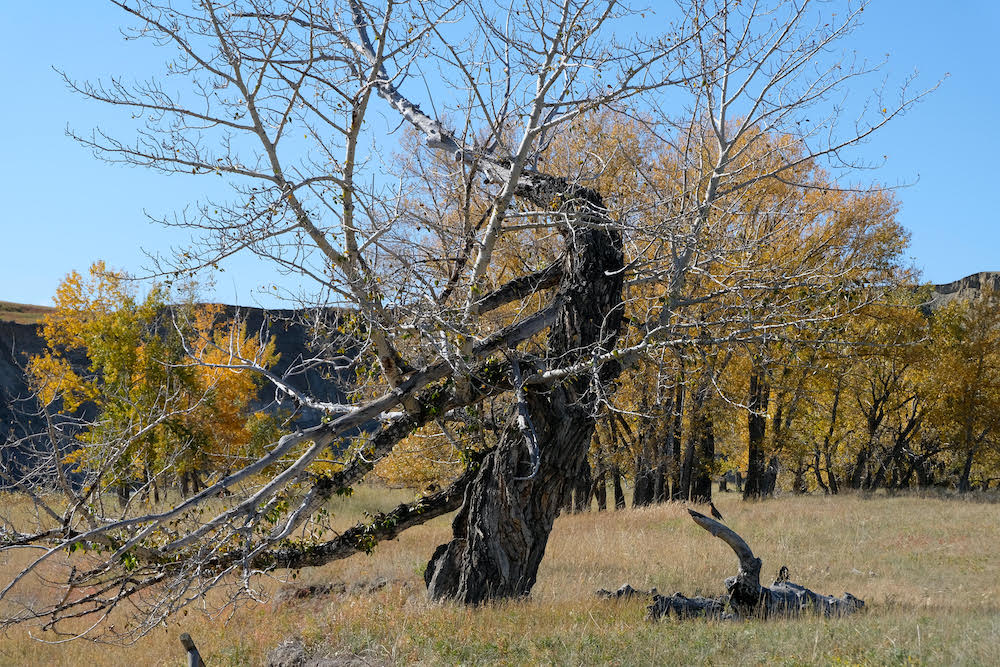
The old trail from the south Porcupine Hills fords the river beside the goose tree. Gordon Johnson, a weathered, gentle-spoken realtor who first introduced us to this place, told us that the original ranchers who settled in the hills crossed the river here on trips to the train siding at Cowley when they needed provisions or had livestock to sell. The goose tree would certainly have witnessed those trips, just as she has felt the vibration of our family’s footsteps on countless hundreds of walks along the river trail. She’s known every spring flood for the last century and a half, including the big ones in 1995, 1997, 2005 and 2013 that washed out so many of her kindred and brought new silt and seeds from upstream to change the character of her surroundings.
She’s known and survived droughts like the one in 1984 that sealed the fate of the downstream river by triggering the announcement of the Three Rivers Dam. An earlier drought, in the mid twentieth century, was so severe that the Waldron Ranch, twenty kilometers upstream, was unable to buy Alberta hay for winter cattle feed. The ranch managers arranged to have hay shipped in by rail from Manitoba. They didn’t know that the imported hay was full of leafy spurge, an exotic weed from Europe that is nearly impossible to eradicate. By the time we bought our property in 1993, spurge from that disastrous introduction had spread all down the Oldman River to Lethbridge and Medicine Hat. I wonder if the old tree sensed the difference in the soil once leafy spurge arrived, with its milky sap and deep root systems. Spurge soon displaced almost everything else. For the first few years I used herbicide to try and eradicate the spurge, but the weeds won. The herbicide didn’t kill the goose tree either, fortunately. The old tree must have hated that chemical stink.
Lately, there is less spurge because I released four species of flea beetle that feed exclusively on that weed. The beetles, too, are from Europe, as are my ancestors. The goose tree is witness to new, exotic stories now, unlike when those old cooking fires sent blue smoke wafting through its foliage. I suspect it’s all the same to the old tree; she accepts what comes. She holds a thousand stories, none of which will ever be told aloud. But you can feel them when you lean against that weathered bark. They are the stories of a place—this one place beside the Oldman river, in the lee of the Rockies, under the chinook arch. Some of those stories have people in them—the older peoples, and the more recently arrived.
I sometimes rest my head against the sleepy old giant, close my eyes, let the river chatter and leaf flicker fill my senses, and listen. I try to listen with my spirit, not my ears; I try to hear what the tree’s spirit holds. I think it works, at least a little; I think I can feel her stories seeping into me. I hope so. We need better stories than the ones we’ve been telling ourselves.
Stories can lead us home. I used to think I knew where that was. Now I listen, and hope to learn.

To order Kevin Van Tighem’s books, click the cover images here below:

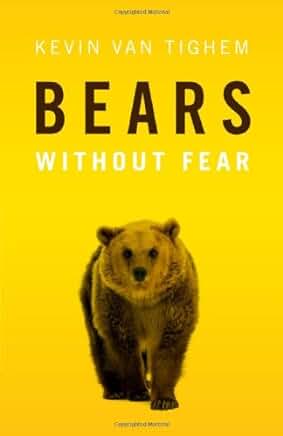
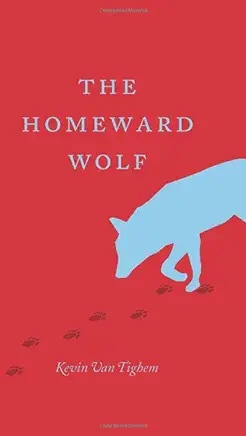
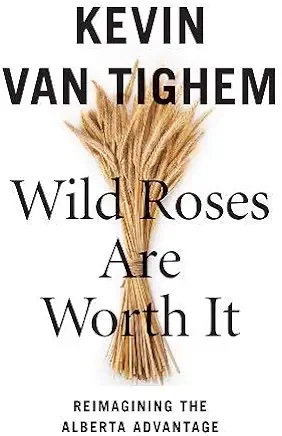
One Comment
Daniel James Dodson
Thanks. Your stories add to those “Better Stories” __
https://www.facebook.com/photo/?fbid=618134591628220